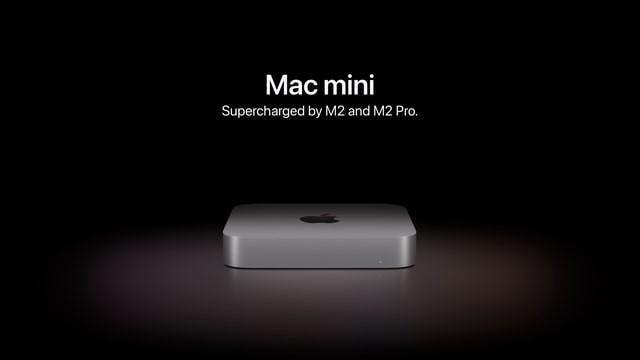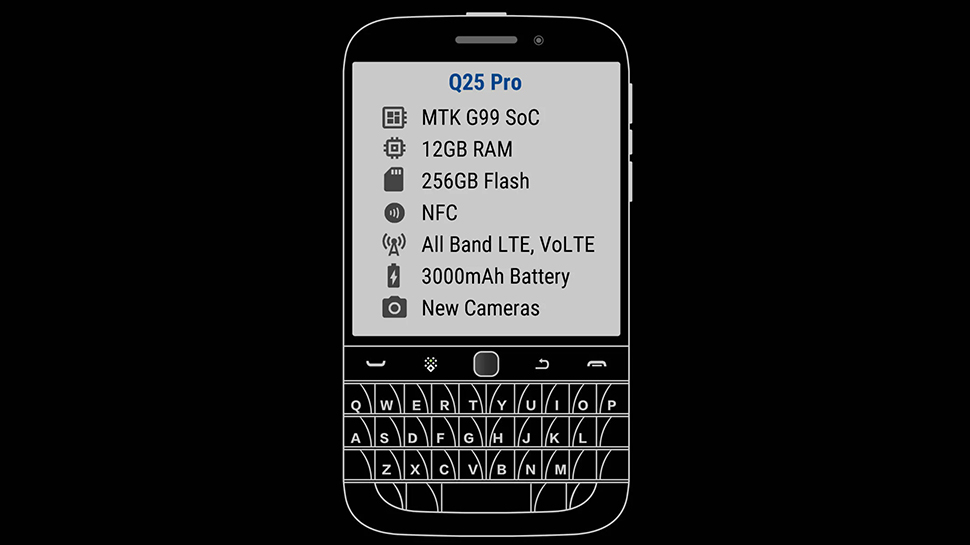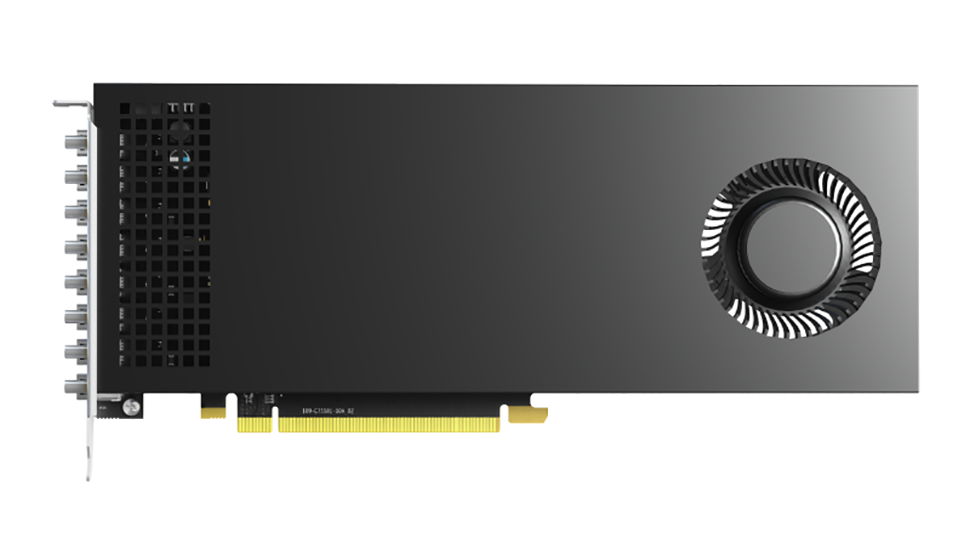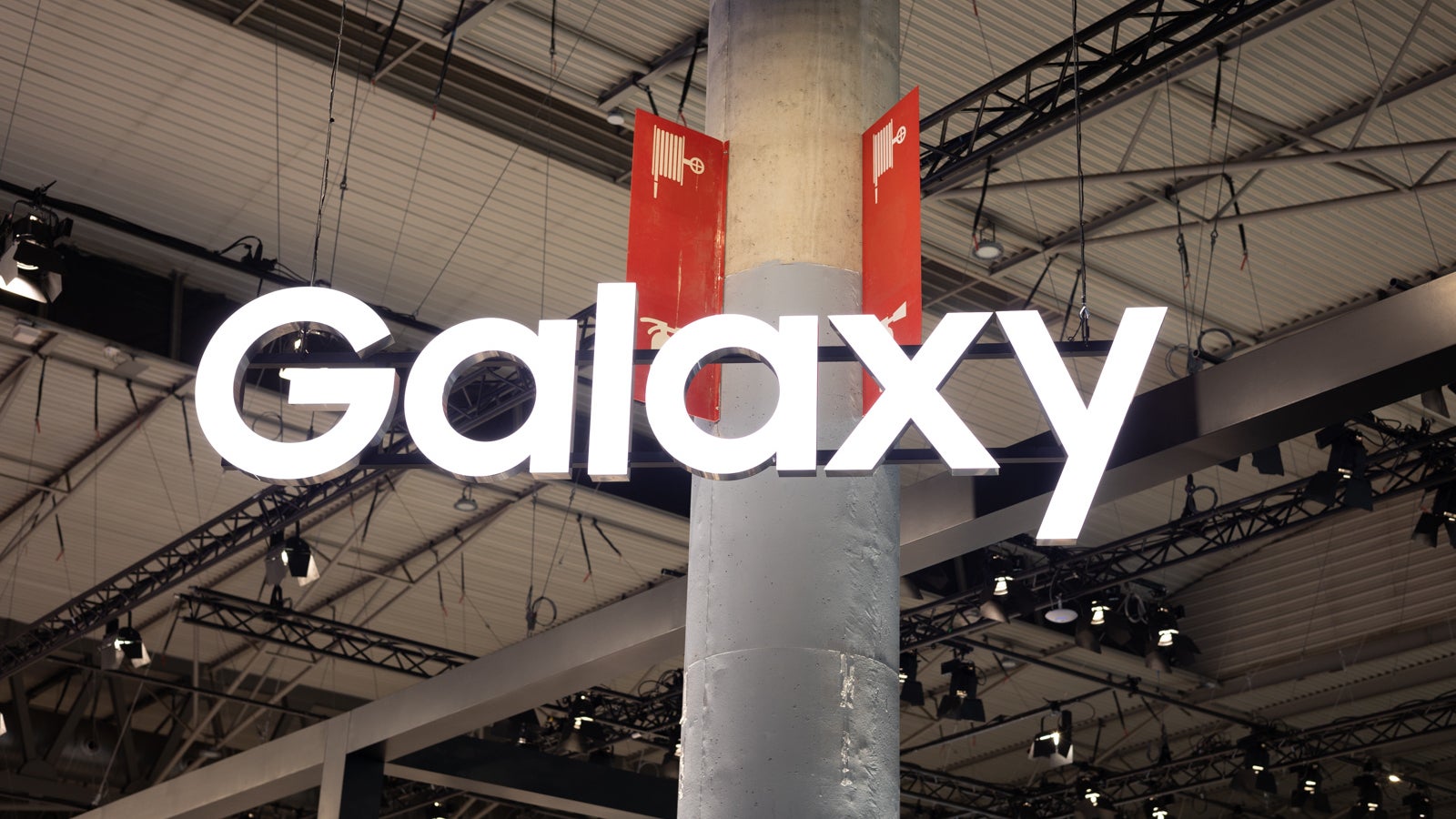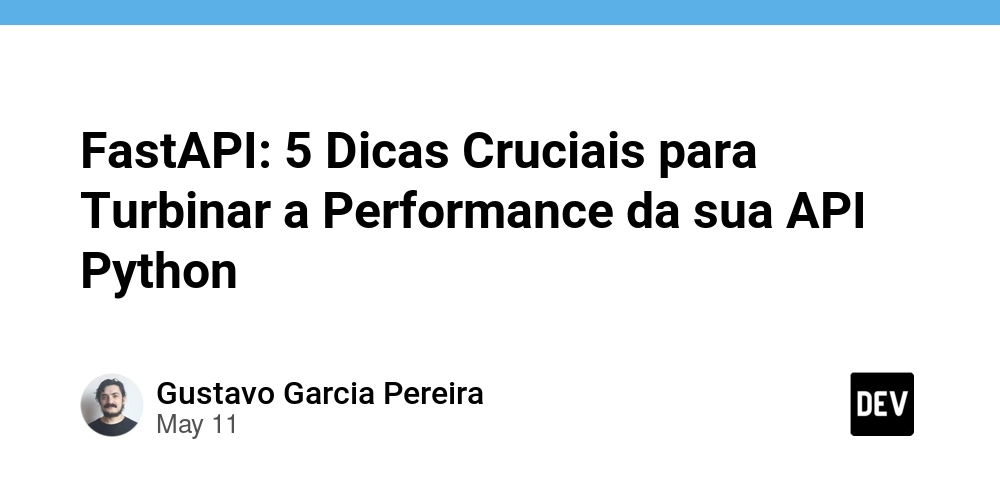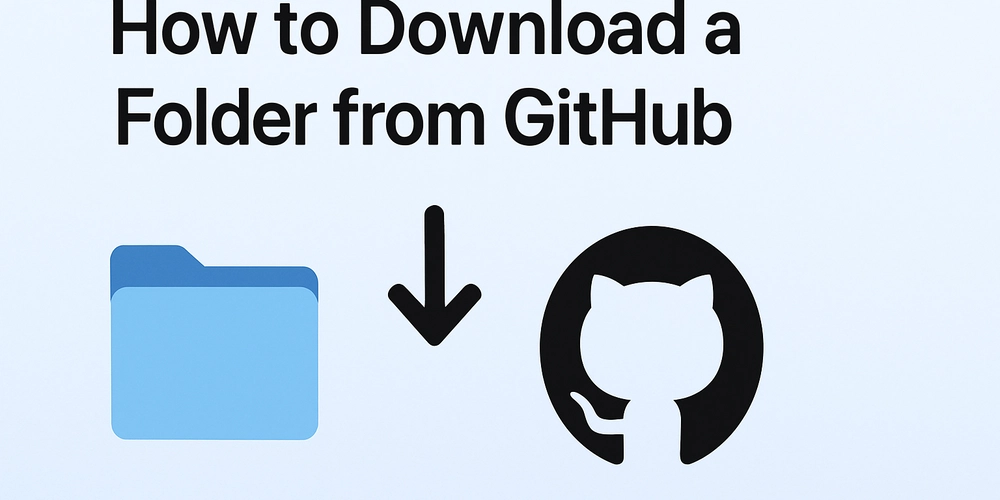13 Basic GenAI Terminologies Worth Knowing
In the ever-evolving world of Generative AI (GenAI), the jargon can get overwhelming, especially for newcomers. If you're exploring artificial intelligence, whether out of curiosity or for professional growth, understanding the basic GenAI terminologies is essential. This comprehensive guide will break down 13 key terms in plain language, helping you build a solid foundation. 1. Large Language Models (LLMs) Large Language Models (LLMs) are at the heart of modern AI-powered tools like ChatGPT, Google Gemini, and Claude. These models are trained on massive amounts of text data to understand and generate human-like language. They can perform tasks like: Answering questions Summarizing documents Translating languages Generating text based on prompts The "large" in LLMs refers to the sheer number of parameters (we'll explain that later) and the volume of data they’re trained on. The larger the model, the better its ability to understand context and nuance. 2. Pre-trained and Custom Models Pre-trained models are AI systems that have already been trained on general datasets. Think of them as the default version, ready to use out of the box. Custom models, on the other hand, are versions that are further refined using specific data. This process is called fine-tuning and is useful for tailoring AI to: Industry-specific language Internal business documents Specialized knowledge domains For example, a law firm might fine-tune an LLM to understand legal jargon more accurately. 3. Transformers The Transformer architecture revolutionized how machines process language. Introduced in a 2017 paper titled "Attention is All You Need", transformers use a mechanism called self-attention to understand the relationship between all words in a sentence simultaneously. This architecture allows LLMs to: Handle long sequences of text Learn contextual relationships Generate coherent, context-aware responses Every modern LLM is built on transformers. It's the core innovation powering their success. 4. Parameters Think of parameters as the internal settings of an AI model, like the synapses in a human brain. They are the numbers that get adjusted during training and determine how the model processes information. More parameters generally mean: Higher capacity for learning Better language understanding Increased performance For instance, GPT-3 has 175 billion parameters, while GPT-4 is estimated to have roughly 1.76 trillion (exact numbers are proprietary). 5. Tokens A token is a piece of text that the AI reads. It can be a word, part of a word, or even punctuation. For example: "ChatGPT is smart." → 5 tokens (Chat, GPT, is, smart, .) Models don’t read sentences like we do; they break them down into these smaller parts to understand and generate language. OpenAI’s pricing is even based on tokens, so if you pay for API calls, you're paying per chunk. Tokenization is the process of converting text into tokens, and it's a fundamental step in LLM processing. 6. Context Length or Context Window Context length (also called context window) is the amount of previous text an LLM can remember during a single interaction. For example, GPT-3.5 has a context window of about 4,096 tokens, while GPT-4 can go up to 128,000 tokens. A longer context window means: Better memory of earlier parts of the conversation More coherent and contextually accurate outputs This is crucial when summarizing long documents or answering complex queries. 7. Embeddings Embeddings are numerical representations of words, phrases, or even entire documents. They map linguistic elements into a multi-dimensional space so that similar meanings are closer together. Use cases include: Semantic search (finding meaning-based results) Document classification Recommendation systems In simple terms, embeddings let AI understand meaning, not just words. 8. Training Data Training data is the raw material that teaches an AI model. It consists of massive datasets that include books, websites, articles, code, and more. Good training data should be: Diverse High-quality Representative of the task the model is expected to perform Garbage in, garbage out, quality matters! 9. Backpropagation Backpropagation is the learning algorithm used to train neural networks. It works by calculating the error in a model’s prediction and adjusting the parameters to reduce that error. In a nutshell: The model makes a prediction The result is compared to the actual answer The model adjusts itself to do better next time This loop happens millions of times during training, allowing the model to gradually improve. This is one of the core techniques behind how Google’s AlphaGo learned to master the game of Go. It played thousands of matches against itself, using backpropagation to learn from each mistake and get stronger. 10
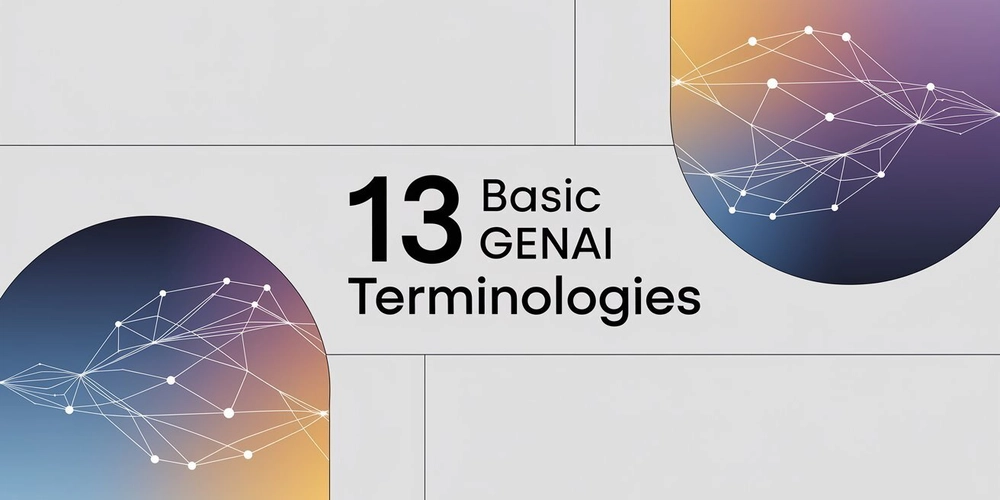
In the ever-evolving world of Generative AI (GenAI), the jargon can get overwhelming, especially for newcomers. If you're exploring artificial intelligence, whether out of curiosity or for professional growth, understanding the basic GenAI terminologies is essential. This comprehensive guide will break down 13 key terms in plain language, helping you build a solid foundation.
1. Large Language Models (LLMs)
Large Language Models (LLMs) are at the heart of modern AI-powered tools like ChatGPT, Google Gemini, and Claude. These models are trained on massive amounts of text data to understand and generate human-like language.
They can perform tasks like:
- Answering questions
- Summarizing documents
- Translating languages
- Generating text based on prompts
The "large" in LLMs refers to the sheer number of parameters (we'll explain that later) and the volume of data they’re trained on. The larger the model, the better its ability to understand context and nuance.
2. Pre-trained and Custom Models
Pre-trained models are AI systems that have already been trained on general datasets. Think of them as the default version, ready to use out of the box.
Custom models, on the other hand, are versions that are further refined using specific data. This process is called fine-tuning and is useful for tailoring AI to:
- Industry-specific language
- Internal business documents
- Specialized knowledge domains
For example, a law firm might fine-tune an LLM to understand legal jargon more accurately.
3. Transformers
The Transformer architecture revolutionized how machines process language. Introduced in a 2017 paper titled "Attention is All You Need", transformers use a mechanism called self-attention to understand the relationship between all words in a sentence simultaneously.
This architecture allows LLMs to:
- Handle long sequences of text
- Learn contextual relationships
- Generate coherent, context-aware responses
Every modern LLM is built on transformers. It's the core innovation powering their success.
4. Parameters
Think of parameters as the internal settings of an AI model, like the synapses in a human brain. They are the numbers that get adjusted during training and determine how the model processes information.
More parameters generally mean:
- Higher capacity for learning
- Better language understanding
- Increased performance
For instance, GPT-3 has 175 billion parameters, while GPT-4 is estimated to have roughly 1.76 trillion (exact numbers are proprietary).
5. Tokens
A token is a piece of text that the AI reads. It can be a word, part of a word, or even punctuation. For example:
- "ChatGPT is smart." → 5 tokens (Chat, GPT, is, smart, .)
Models don’t read sentences like we do; they break them down into these smaller parts to understand and generate language.
OpenAI’s pricing is even based on tokens, so if you pay for API calls, you're paying per chunk.
Tokenization is the process of converting text into tokens, and it's a fundamental step in LLM processing.
6. Context Length or Context Window
Context length (also called context window) is the amount of previous text an LLM can remember during a single interaction.
For example, GPT-3.5 has a context window of about 4,096 tokens, while GPT-4 can go up to 128,000 tokens. A longer context window means:
- Better memory of earlier parts of the conversation
- More coherent and contextually accurate outputs
This is crucial when summarizing long documents or answering complex queries.
7. Embeddings
Embeddings are numerical representations of words, phrases, or even entire documents. They map linguistic elements into a multi-dimensional space so that similar meanings are closer together.
Use cases include:
- Semantic search (finding meaning-based results)
- Document classification
- Recommendation systems
In simple terms, embeddings let AI understand meaning, not just words.
8. Training Data
Training data is the raw material that teaches an AI model. It consists of massive datasets that include books, websites, articles, code, and more.
Good training data should be:
- Diverse
- High-quality
- Representative of the task the model is expected to perform
Garbage in, garbage out, quality matters!
9. Backpropagation
Backpropagation is the learning algorithm used to train neural networks. It works by calculating the error in a model’s prediction and adjusting the parameters to reduce that error.
In a nutshell:
- The model makes a prediction
- The result is compared to the actual answer
- The model adjusts itself to do better next time
This loop happens millions of times during training, allowing the model to gradually improve.
This is one of the core techniques behind how Google’s AlphaGo learned to master the game of Go. It played thousands of matches against itself, using backpropagation to learn from each mistake and get stronger.
10. Supervised and Unsupervised Learning
Supervised learning uses labeled data, where the input comes with the correct output. For example, a dataset of emails labeled as spam or not spam.
Unsupervised learning deals with unlabeled data. The model tries to find patterns or groupings on its own, like clustering customer data based on behavior.
LLMs often use a combination of both techniques.
11. Zero-Shot and Few-Shot Learning
These terms describe how much example data a model needs to perform a task:
- Zero-shot learning: The model can complete a task without any prior examples. You simply describe what you want, and it tries its best. Like asking it to write a haiku (a short Japanese poem), it will figure out how to do it on its own.
- Few-shot learning: The model is given a few examples before being asked to complete the task. For instance, you might show two product reviews, and it generates a third in the same tone and structure.
These capabilities are crucial for making LLMs more flexible and general-purpose.
12. Knowledge Cutoff and RAG (Retrieval-Augmented Generation)
Knowledge cutoff refers to the point in time after which a model no longer has access to new information. For example, if a model’s training data ends in April 2023, it won’t know anything about events that happened after that.
To work around this limitation, developers use RAG: Retrieval-Augmented Generation. It combines the language model with external search tools or databases. When you ask a question beyond the model’s training data, it first fetches relevant, up-to-date information, then uses that to generate a response.
This approach keeps GenAI systems current without needing to retrain the entire model from scratch.
13. Hallucination
An AI hallucinates when it produces content that sounds plausible but is factually incorrect or made-up.
This can include:
- Fake citations
- Inaccurate statistics
- Incorrect dates or names
- Even made-up legal cases
In fact, a now-infamous example comes from a 2023 Forbes article titled "Lawyer Used ChatGPT In Court—And Cited Fake Cases. A Judge Is Considering Sanctions".
A lawyer unknowingly submitted AI-generated legal references that didn't exist, because the model hallucinated them.
That’s why it's crucial to fact-check anything a model generates, especially in high-stakes contexts, like medicine or law.
Hallucination is one of the biggest challenges in GenAI, and ongoing research is addressing how to detect and reduce these errors.
Conclusion
Mastering these 13 foundational GenAI terminologies can drastically improve your understanding of how artificial intelligence works and how to use it more effectively. Whether you're a developer, a content creator, or just AI-curious, these concepts form the building blocks of today's most powerful technologies.
By learning these terms, you're not just catching up; you're preparing yourself for the AI-driven future.
Stay curious. Stay informed. And most importantly, stay ahead!





















































































































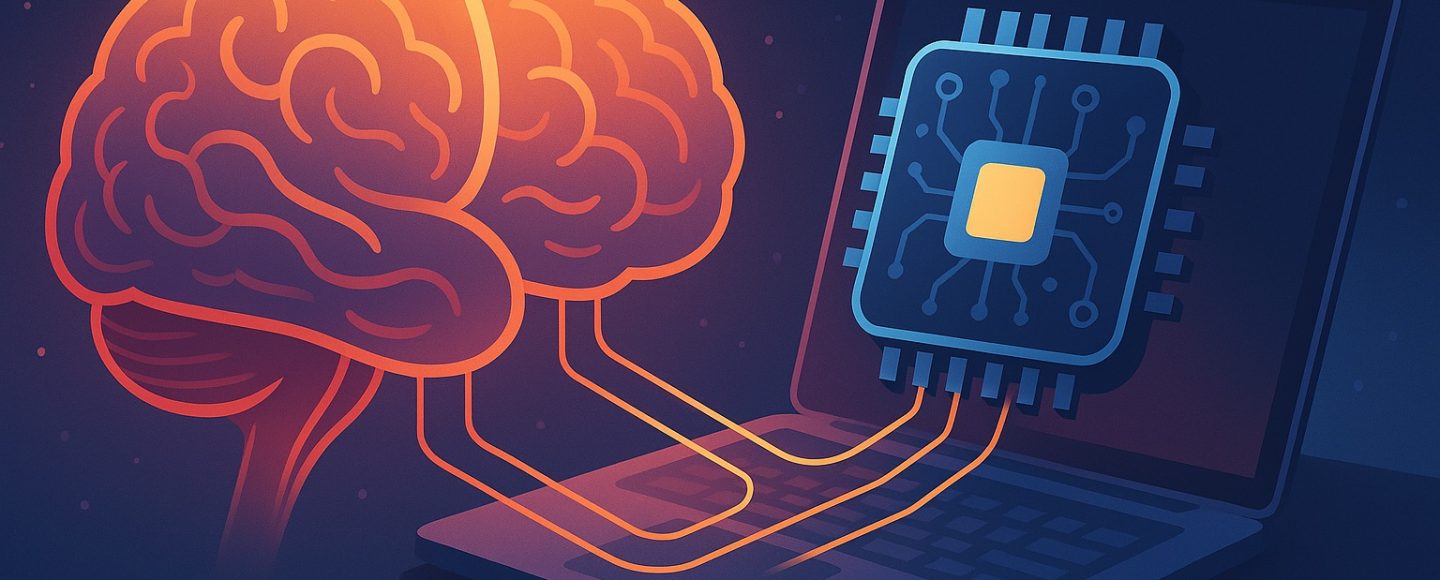

























































![[The AI Show Episode 152]: ChatGPT Connectors, AI-Human Relationships, New AI Job Data, OpenAI Court-Ordered to Keep ChatGPT Logs & WPP’s Large Marketing Model](https://www.marketingaiinstitute.com/hubfs/ep%20152%20cover.png)





































































































![[DEALS] Internxt Cloud Storage Lifetime Subscription: 10TB Plan (87% off) & Other Deals Up To 98% Off – Offers End Soon!](https://www.javacodegeeks.com/wp-content/uploads/2012/12/jcg-logo.jpg)
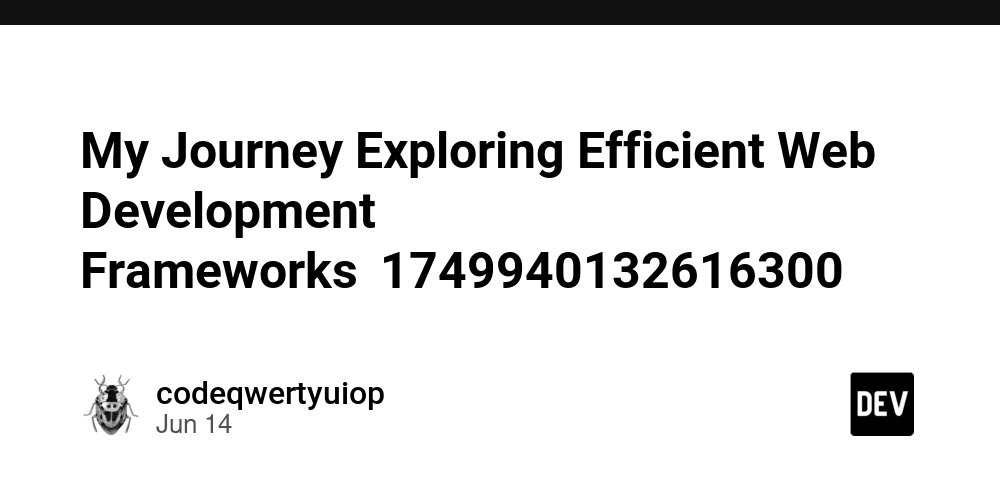


































































.jpg?width=1920&height=1920&fit=bounds&quality=70&format=jpg&auto=webp#)




















































































_Andreas_Prott_Alamy.jpg?width=1280&auto=webp&quality=80&disable=upscale#)

_designer491_Alamy.jpg?width=1280&auto=webp&quality=80&disable=upscale#)



































































































![Google Play Store not showing Android system app updates [U]](https://i0.wp.com/9to5google.com/wp-content/uploads/sites/4/2021/08/google-play-store-material-you.jpeg?resize=1200%2C628&quality=82&strip=all&ssl=1)














